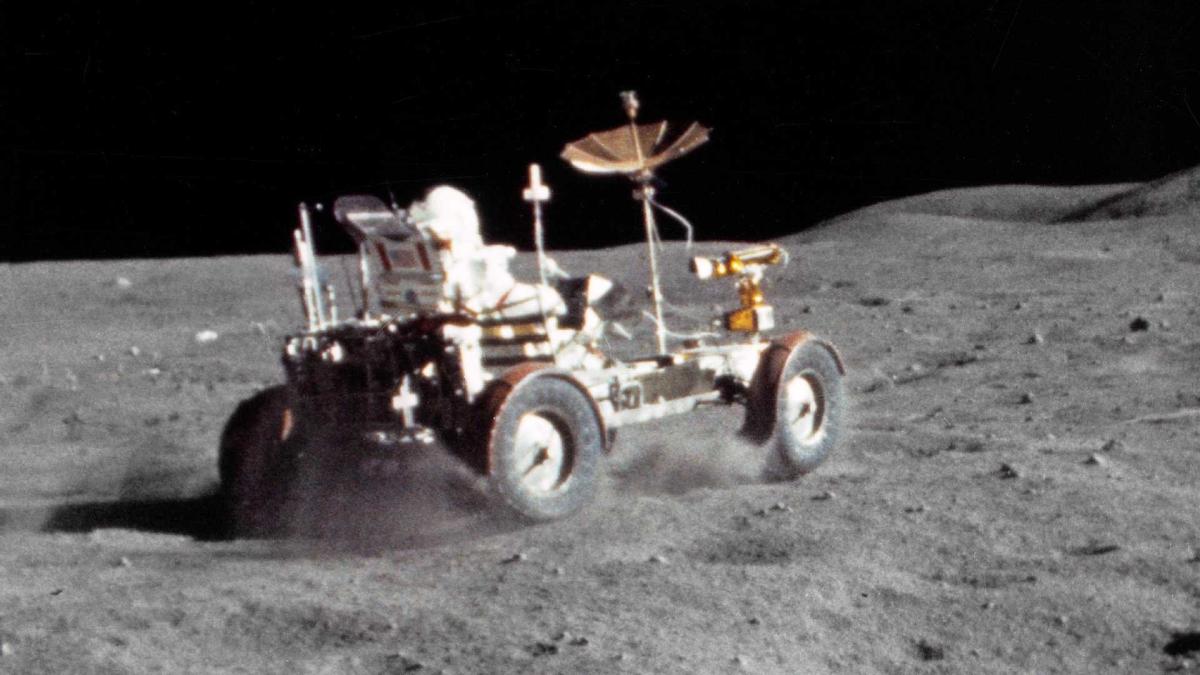Today it seems like a dream that will take years to arrive: human beings driving a four-wheeled vehicle on the Moon. It happened in 1971.
In the world of science and technology we assume that the past is always worse. In the sense that everything evolves, and scientific achievements and technological advances are so called, because they improve on all of the above.
But the space exploration suffers from a fascinating paradox: 50 years ago milestones were reached that today seem like science fiction. Something that we will still take years to repeat.
The July 26, 1971, just half a century ago, on the mission Apollo 15, Humans drove an electric car on the Moon. In this video you can see Apollo 16 lunar buggy, skidding through the lunar dunes on April 21, 1972, in a stabilized and restored 4K image:
It was called Lunar roving vehicle or LRV, and was developed by Boeing and General Motors. It was an electric buggy that could reach 14 km / h
At that time it was common (they carried out three trips to the moon with vehicles in two years), but today it seems like a milestone that will take years to repeat.
How is it possible that 50 years ago several missions were launched a year to the Moon, piloting electric cars like the one that walks through the park, and now it takes us almost a decade to visit our satellite again?
It’s not that technology was better half a century ago. On the contrary, they flew in “coffee maker“As an astronaut once said, taking huge risks and with pre-computer age technology.
All the computers on the Apollo 15 mission were less powerful than the chip we carry in the smartwatch …
This further magnifies the feat. These pioneers were also true heroes, who took very high risks to enter history.
There are several reasons why It will take us almost 60 years to return to the Moon.
First of all, until recently there was no reason: we were there in the 70s and discovered that the moon is not particularly interesting, from a scientific point of view. At least not to offset the enormous costs and the risk of lives.
Now things have changed as the moon is going to become a kind of training ground to travel to Mars.
Another reason was the decommissioning of special ferries in 2011, which did delay America’s spatial autonomy by a decade. It was not recovered until SpaceX transported astronauts to the International Space Station, a year ago.
Finally, the moneySuccessive economic crises have limited NASA’s budget, and with it its ambitions for space exploration with astronauts.
NASA and SpaceX are going ahead with the Artemis Mission, which will put the first woman on the Moon in 2024. But it is unlikely that at least on this first mission, they will carry a buggy in their luggage …



:quality(70)/cloudfront-us-east-1.images.arcpublishing.com/metroworldnews/PI525CVVCRBCJBTTJIAPTKGIEY.jpg)

